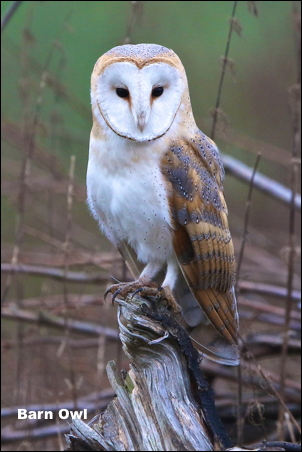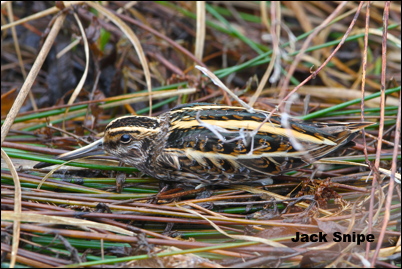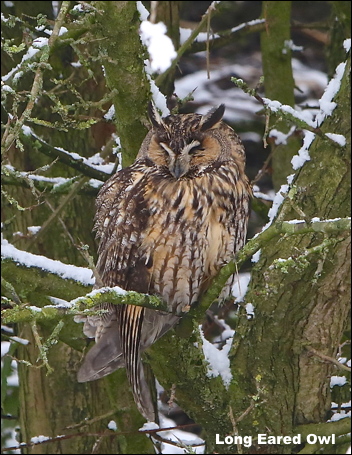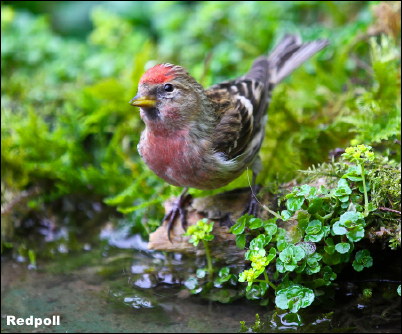The Day Hunter

The opportunity to film Barn Owls hunting during the day has never arisen locally before this winter. If the weather pattern of wet nights becomes a norm then perhaps this winters events will not be unusual and filming may be possible every winter. The next problem of course is predicting where the Owl will hunt and then hiding under cover before it appears. On many occasions you come away with no photos and luck has to be on your side. Two days last week I sat under my camouflage cloth and never saw an Owl. I got back to my car in the farm yard and the Barn Owl was on a post by the car waiting for me! On day three I set up on the very same post and never saw an Owl – it was hunting where I had been sat the other two afternoons!! It was , however pleasing to finally have the Owl settle on the right stump and to fire away a series of photos with the Owl totally ignoring me or the sound of the shutter. The only trouble is the sun had gone in so it is still a work-in-progress! Click here
The event of the week-end has been the RSPB Garden Birdwatch. We had seventeen species in the garden during the hour with the top three being House Sparrow(18), Goldfinch(12) and Blue Tit(10). The big surprise was the total absence of both Starling and Magpie. Sadly our long-staying Willow Tit has not been with us this winter.






